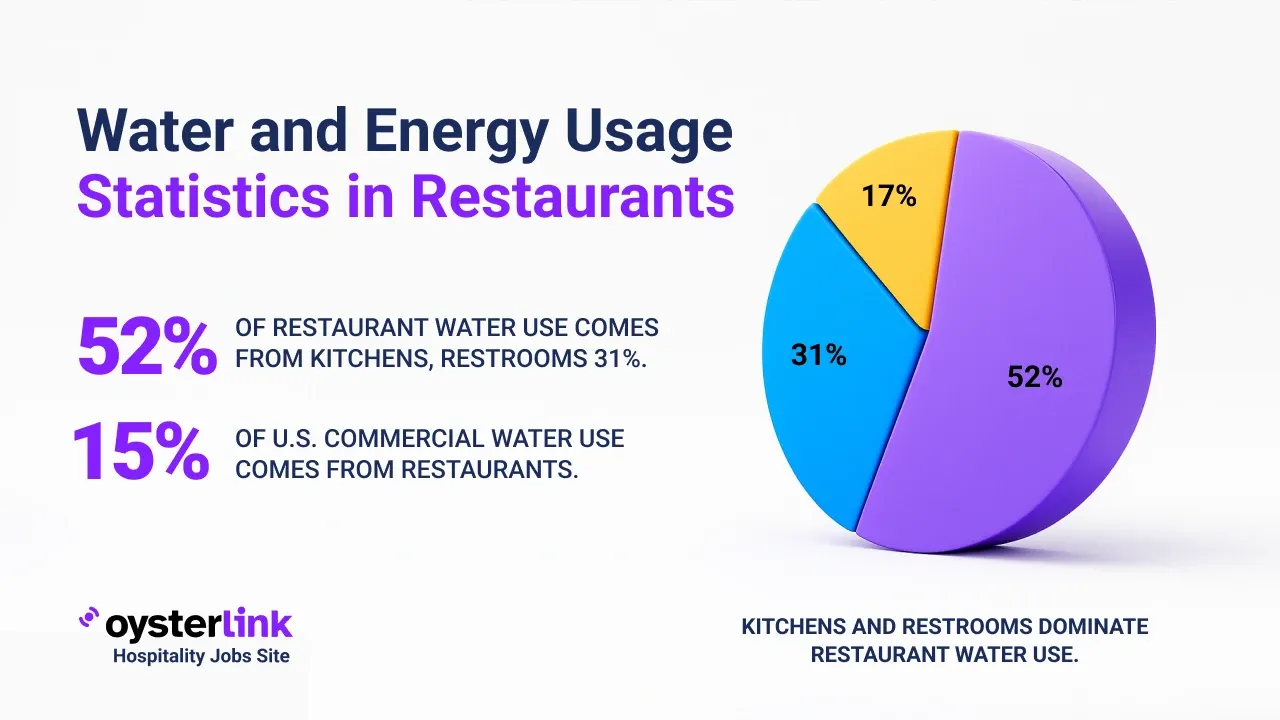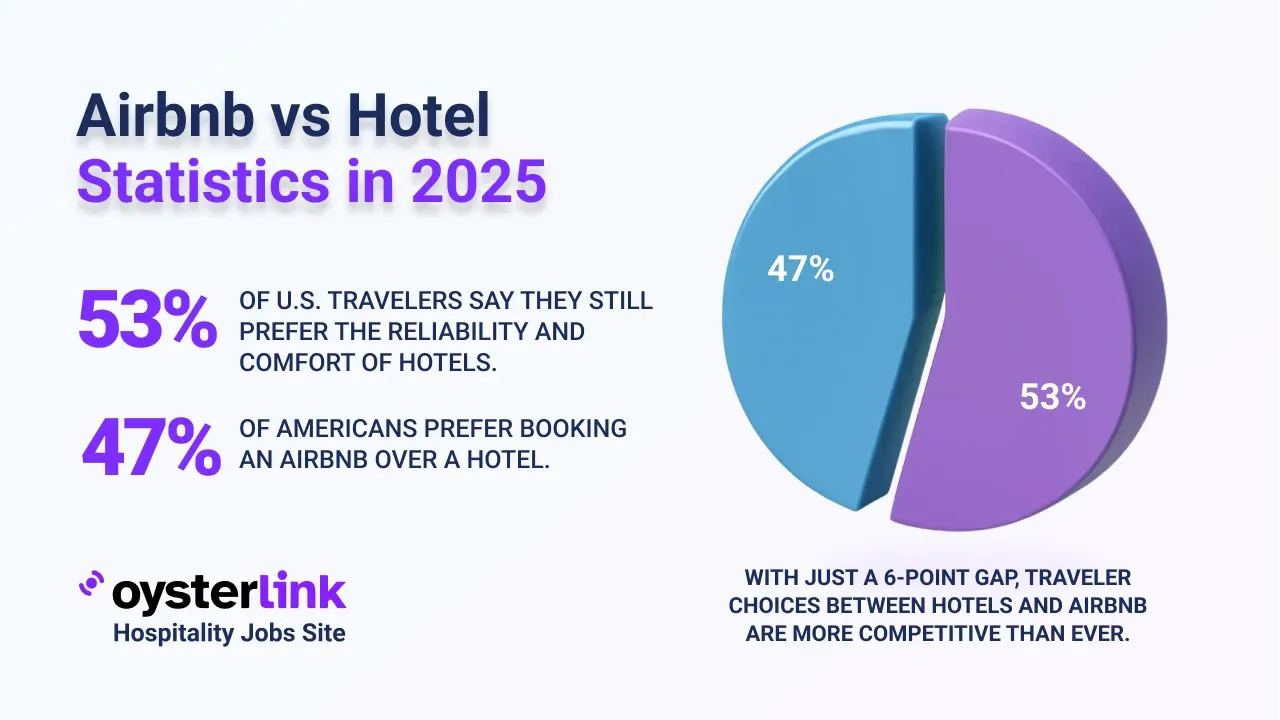Utah Cost of Living: Quick Takeaways
- Housing Costs: Average rent for a one-bedroom apartment in Utah is steady at $1,100 in 2025.
- Home Prices: Median home price has surged to $592,000 in 2025, reflecting a strong real estate market.
- Transportation Expenses: Public transit monthly passes cost about $65, with fuel prices around $3.45 per gallon.
- Utilities: Monthly utility expenses average $195.40 with electricity and internet as main contributors.
- Income Levels: Median household income is expected to reach $98,336 in 2025, supporting the cost structure of the state.
Utah offers a dynamic and evolving cost of living landscape influenced by rising housing costs and stable utility expenses.
This article provides a comprehensive breakdown of living expenses in Utah in 2025 including housing, transportation, utilities, and more.
1. Housing Costs in Utah
Housing is a major expense for residents. The average rent for a one-bedroom apartment has changed over the years as follows:
- 2010: $700
- 2015: $850
- 2020: $1,000
- 2024: $1,100
- 2025: $1,100
Rental prices stabilized in recent years but remain significantly higher than a decade ago, indicating growth in demand.
For hospitality businesses, understanding local real estate market trends can help with planning. Check our guide on hospitality real estate market trends for insights.
2. Homeownership and Real Estate Trends in Utah
For those looking to buy a home, the median prices have increased substantially:
- 2010: $200,000
- 2015: $250,000
- 2020: $350,000
- 2024: $592,000
- 2025: $592,000
The steep rise reflects Utah's growing real estate market and increased demand for homeownership.
3. Transportation Expenses in Utah
Transportation costs in Utah include various components:
- Public Transit: One-way fare averages $1.07; monthly pass costs approximately $65.00.
- Fuel: Gasoline prices in 2025 average $3.45 per gallon.
- Vehicle Maintenance: Annual maintenance costs are about $1,200.
Costs depend on individual commuting habits and vehicle use.
4. Utility Costs in Utah
Monthly utility expenses for a typical household include:
- Electricity: $84.87 per month.
- Internet: $77.00 per month.
- Total Utilities: Combined monthly utility bills average $195.40.
These amounts contribute to the overall cost of living in Utah and can vary based on usage.
5. Grocery and Food Expenses in Utah
Food costs are slightly below national averages across the state.
Monthly grocery costs per person are around $278.41. Dining options vary from casual meals at $15 to mid-range restaurant meals costing $50.
This information is valuable for restaurant owners evaluating menu pricing strategies and operational budgets. For more, see our restaurant food waste statistics to optimize costs.
6. Healthcare Costs in Utah
Healthcare spending encompasses insurance and out-of-pocket costs.
Monthly premiums for employer-sponsored insurance average $144.17, while Silver plan health insurance costs are around $621 monthly.
7. Educational Expenses in Utah
Education costs depend on the type of institution:
- Public Schools: Generally free as funded through taxes.
- Private Schools: Average annual tuition is about $10,000.
- In-State Universities: Tuition fees average $6,381 yearly.
Costs may fluctuate based on specific schools and programs.
8. Entertainment and Leisure in Utah
Leisure activities and entertainment contribute to lifestyle expenses:
- Movie Tickets: Approximately $14 each.
- Gym Memberships: Average monthly cost around $28.66.
- Mid-Range Restaurant Meals: Cost about $40.
Annual entertainment spending averages $2,482, with additional personal care services costing $768.
9. Taxes and Miscellaneous Fees in Utah
Key tax considerations include:
- State Income Tax: Flat rate around 4.85%.
- Sales Tax: Ranges from 6.1% to 8.35% depending on location.
- Property Tax: Approximately 0.57% of assessed value.
These taxes impact residents’ disposable income and budgeting.
10. Childcare and Family Expenses in Utah
Families should account for various childcare costs:
- Daycare: Average monthly fee is $1,381.
- After-School Programs: Approximately $300 per month.
- Extracurricular Activities: Monthly cost averages $100.
Planning these expenses helps ensure financial preparedness for families.
11. Clothing and Personal Care in Utah
Monthly expenses for clothing and personal care include:
- Clothing: Average spending is $115 per month.
- Personal Care Products and Services: Residents spend about $54 monthly on items like haircuts and grooming.
These costs vary depending on personal preferences and lifestyle.
12. Insurance Costs in Utah
Insurance expenses are an important budget item:
- Health Insurance: Monthly premium for a Silver plan is roughly $621.
- Auto Insurance: Annual average is $1,047.44.
- Homeowners Insurance: Costs approximately $1,200 annually.
- Renters Insurance: Around $180 annually.
Proper insurance ensures financial protection against unforeseen events.
13. Miscellaneous Expenses in Utah
Additional costs that influence the cost of living include:
- Entertainment Spending: About $2,482 annually per household.
- Personal Care Services: Around $768 yearly.
- Miscellaneous Goods and Services: Approximately $707 per year.
These categories reflect varied personal and household expenses.
14. Income and Salaries in Utah
Median household incomes have increased steadily:
- 2010: $55,000
- 2015: $65,000
- 2020: $75,000
- 2023: $85,877
- 2025: $98,336
Rising incomes help to support the increasing cost of housing and other living expenses.
Career opportunities in hospitality such as becoming a bartender or restaurant manager can offer competitive salaries aligned with these income levels.
15. Comparison with National Averages for Utah
When compared to national figures:
- Overall Cost of Living: Utah matches the national average (100%).
- Housing: About 17% higher than the national average.
- Utilities: Roughly 4% lower than average.
- Food: Slightly cheaper by 2% compared to other areas.
- Healthcare: On par with national costs.
- Transportation: Approximately 9% higher than the national average.
- Goods and Services: Around 12% lower than average.
These insights help contextualize cost planning for residents of Utah.
For hospitality employers in Utah, understanding these factors is important when crafting job postings and offering competitive compensation. Explore our article on salary in job postings to attract top talent effectively.
Our Methodology for Utah Cost of Living Figures
Our data is collected from authoritative sources including Numbeo, BLS, Zillow, government agencies and more. Estimates have been made where exact numbers are unavailable to provide a comprehensive analysis.
Utah Cost of Living: Conclusion
Utah’s cost of living in 2025 reflects a balance of increasing housing prices against stable or slightly lower costs in utilities and goods.
Transportation and housing remain significant expenses, while income growth helps offset these costs for many households.
Understanding these factors is essential for current and prospective residents to budget effectively and thrive in Utah’s evolving economic environment.
Business owners can also benefit from our guide on how to hire restaurant staff fast which includes tips pertinent to the Utah market.

.webp)
.webp)

